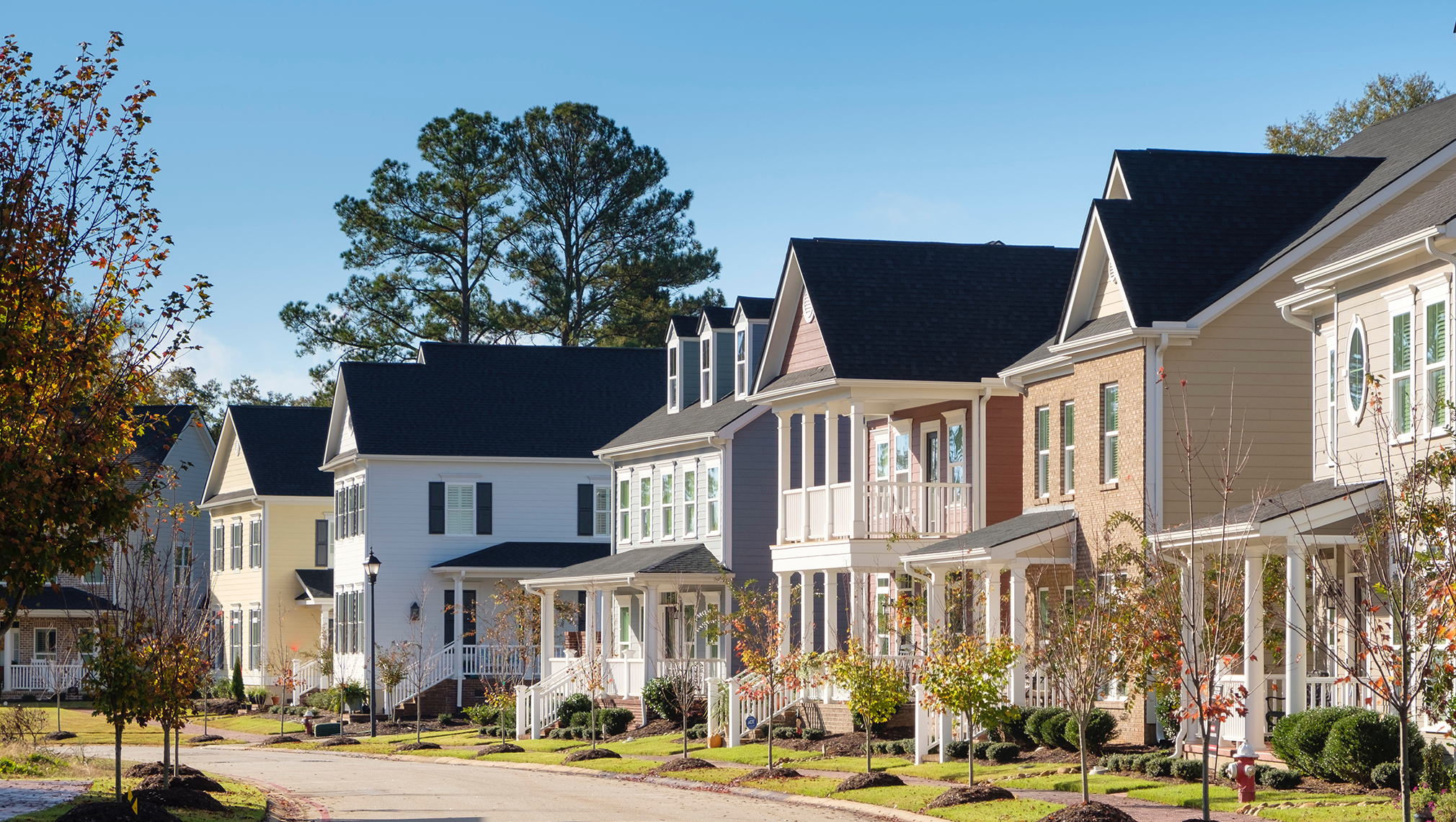May Market Report: Fewer Buyers Doesn’t Always Mean Less Competition


Grant Brissey
May 12, 2023
4 Minute Read
Spring shopping season is well underway, but buyers continue to face high prices and volatile mortgage rates. In March, over 240,000 existing homes sold, down around 26% from the typical March pre-pandemic. This drop is also the result of many potential sellers feeling locked-in to their existing low-rate mortgages.
“When we talk about higher mortgage rates, the narrative is usually that they’re a challenge for the buyer,” says Zillow Chief Economist Skylar Olsen. “But it’s the homeowners actually holding on to, say, 3% who are the most sensitive to the fact that rates are now up around six and a half percent.”
New listings were down 28% from a year ago in April, severely limiting what’s available on the market. The low inventory is heating up the market this spring, with prices rising again and market speed picking up. In relatively affordable markets like Kansas City, Cincinnati and Columbus, the typical home went pending in just three days during April.
In many markets, competition is the fiercest for entry-level homes. This is largely caused by affordability pressures pushing buyers into lower-price tiers to afford the same monthly payment they previously would have secured for a more expensive home.
“Sales are down absolutely relative to last year, but new listings are being impacted even more,” says Zillow Chief Economist Skylar Olsen. “In a low-inventory environment, sales start to be limited by the lack of new listings. Each new home that’s placed on the market gets harvested fast. Homes are selling rather quickly in the entry-level tier, especially those that are priced well.”
Prices in many markets may have bottomed out
New Orleans home values were the only to fall among the top 50 markets, -0.1% from March to April. Kansas City had the largest monthly gain at 1.9% in that timeframe. Some of the weakest monthly growth was in earlier pandemic-era hot spots like Las Vegas (0.3%) and Phoenix (0.3%).
Key stat: Home values fell from year-ago levels in 22 major markets, with Austin experiencing the biggest drop at 10%, and San Francisco, San Jose and Seattle right behind (down -9.9%, -9.5% and -7.5% respectively). But these expensive West Coast markets are all seeing strong home value growth on a monthly basis, 1.5% growth from March to April in San Jose, 1.3% in San Francisco and 1.2% in Seattle. This suggests that many markets may have already seen prices bottom out.
https://www.zillow.com/research/april-2023-market-report-32615/
Seller reluctance drives new listings drought
April saw far fewer new listings than is normal for this time of year. This means buyers will have very few fresh options to consider this spring, and when looking at the most desirable homes, buyers need to be ready to move fast — with financing ready and a pre-approval in hand.
Nationwide, prices rose by 8% annually for the least expensive one-third of houses, whereas the most expensive homes lost value for the first time in more than a decade.
Key stat: This April saw 28% fewer new listings than last year, and 35% fewer than the typical April pre-pandemic.
Takeaway: For your entry-level shoppers, find alternative solutions to the affordability crunch, says Senior Economist Nicole Bachaud, 'like buying points or tapping into down payment assistance when necessary.'
Also scan your sphere or lead-generation systems for contacts who might be ready to purchase higher-tier homes, where weaker prices are delivering more opportunity for negotiating power. Also consider pursuing options like a seller financed 2-1 buydown here.
Rate hikes to end in June?
The Fed announced May 3 another 25 basis points hike to rates. While the Fed doesn’t set mortgage rates, rate increases drive up the yield on the Treasury note, which in turn pushes up the cost of mortgages. Still, expectations for the economy’s path forward should already be “priced in” to current mortgage rates, says Zillow Senior Manager of Economic Research Matt Speakman. What’s more, along with the expected hike came a shift in messaging: After months of indicating they’d continue to raise rates, they will wait to see whether future rate moves are necessary, according to their May 3 release.
Key stat: The Central Bank raised rates to a range of 5 percent to 5.25 percent, a level not seen since the summer of 2007.
Takeaway: Potential buyers may be wary of stepping into the market based on news of the May hike, but this expected change was already priced into current mortgage rates. It’s doubtful that pausing hikes in June would affect rates in the near-term much either, as models have already accounted for that likelihood as well.
Zillow works for agents
We're here to support you and your clients on their journey home. Discover how we can help grow your business today.
Learn more
